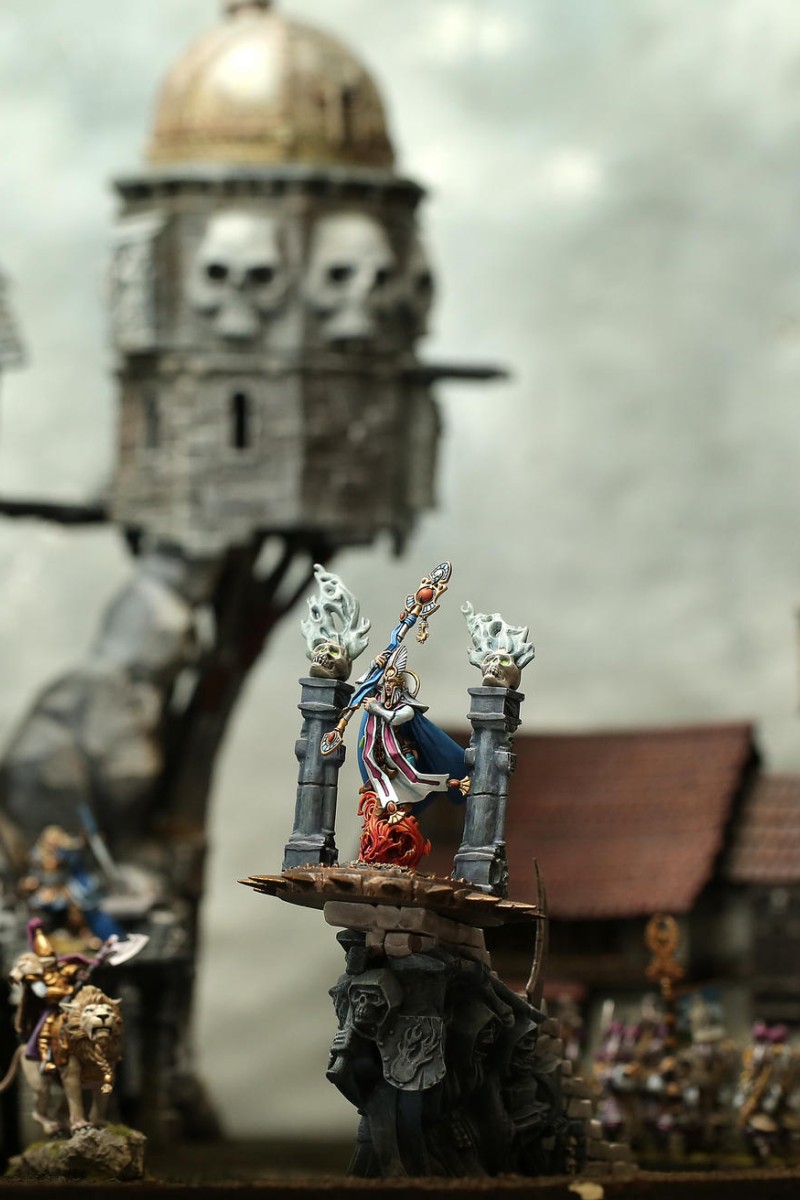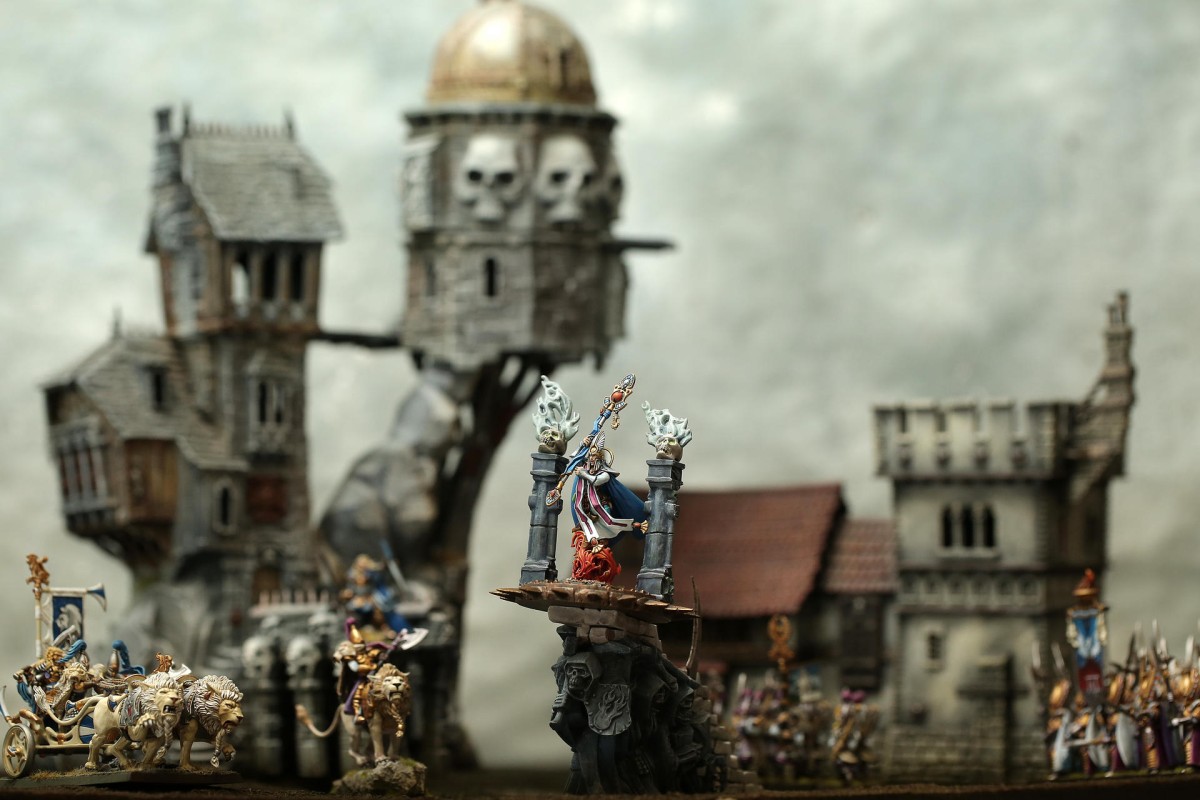
Warhammer Fantasy and 40000: how to build and control your own army
If you have ever thought you could organise battle better than the history books, Warhammer is your chance to prove yourself
 Fantasy is set in the past and characters ride horses, have traditional weapons and can use magic
Fantasy is set in the past and characters ride horses, have traditional weapons and can use magicTwo players stand over a board covered with models and pieces of scenery in a room in Wan Chai. They take turns moving the figures then rolling some dice.
They are controlling their own miniature armies, in a battle game that's like a harder version of chess. This is Warhammer.
Warhammer is a tabletop wargame where two players battle armies of tiny models between 25mm and 250mm in size. Their armies are made up of different characters. And just like chess, where knights and pawns have different moves, the characters in Warhammer have different skills and moves. The dice roll decides everything, from the moves their models make to shooting and close combat.
Warhammer Fantasy and Warhammer 40000 (40k) by Games Workshop are among the most popular and well-known tabletop wargames on the market.
Fantasy is set in the past. It mixes history and fantasy, and the characters ride horses, carry swords and use magic to fight Orcs and vampires. The basic squads are arranged in neat squares like in ancient warfare.
40k is set in the future. In 40k, the units are formed randomly to take advantage of the environment like in modern war. The characters use guns and tanks to fight aliens.
But it's not just about the gameplay. The models and the storyline (or lore, known as "fluff") are other reasons people enjoy the hobby. Players like the game for the strategy challenge. Hobbyists like the "fluff", and create their own stories. And some people see the models as figures to be painted, turning models into works of art.
Fun Atelier is a hobby shop in Wan Chai for players who love tabletop games. Fun Atelier's manager, Eric Yu, explains the steps that go into building and painting the models.
The parts of the model are carefully glued together. Using a base coat of primer before painting helps the paint to stick. After a base colour, highlighting is where the detailed painting happens. Painters can then add shadows to make their models look 3D using a shading ink.
Some people like to add battle damage to their models for a more realistic feel. The model is then stuck to a painted base. One set of 20 models may take four hours, while very detailed commander or hero units may take weeks to finish.
To find out why people are happy to spend so much time and money on this hobby, we spoke to two fans of the game. Nolan Kohutynski, a Grade 11 student at American International School says: "I like strategy games and this is a different type that gets me hooked on controlling an army and seeing how I perform. It's less about the model itself but more about the winning."
But Nolan's classmate Jet Lam, a painter, likes it for a different reason.
"I like the story and the creativity - the possibility of pushing your own ideas into it. The lore and colour and just the model itself, building and painting them, turning grey plastic into that," he says, pointing at a shelf of painted models.
Both agree that the social side and community of places like Fun Atelier are the main reasons they stay.
"That's the whole point, why we come back here specifically; it's a good place to just be," says Nolan. You can talk about painting or the lore, anything. People here are friendly."